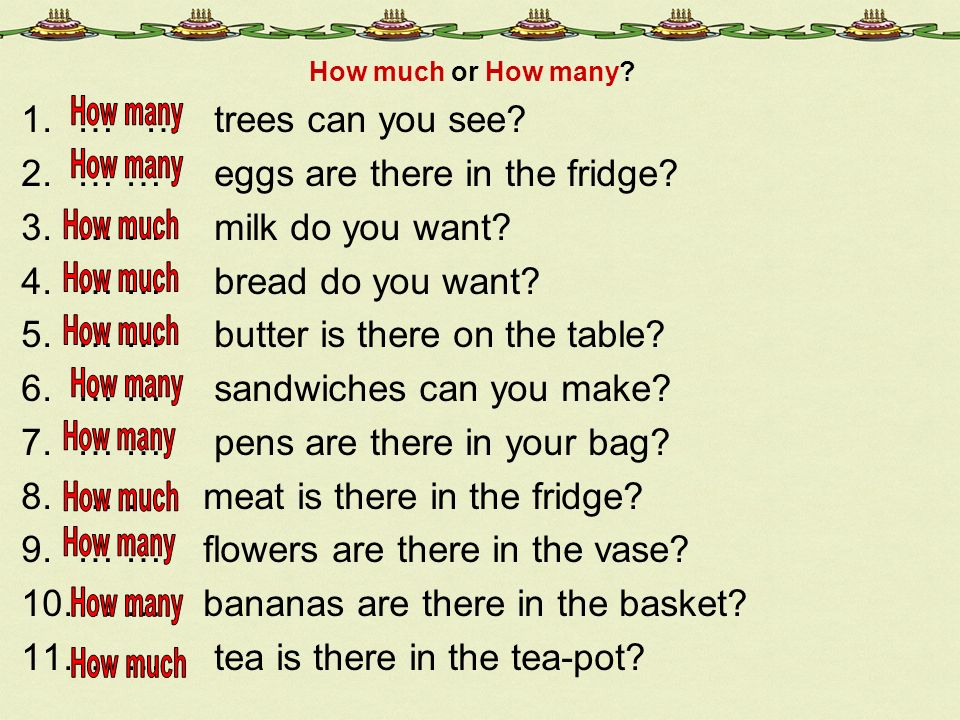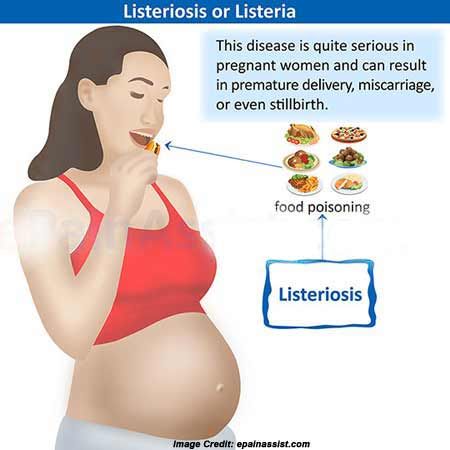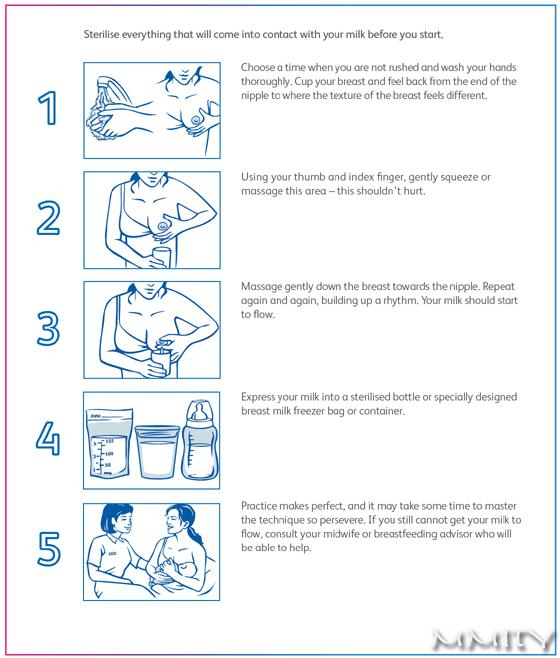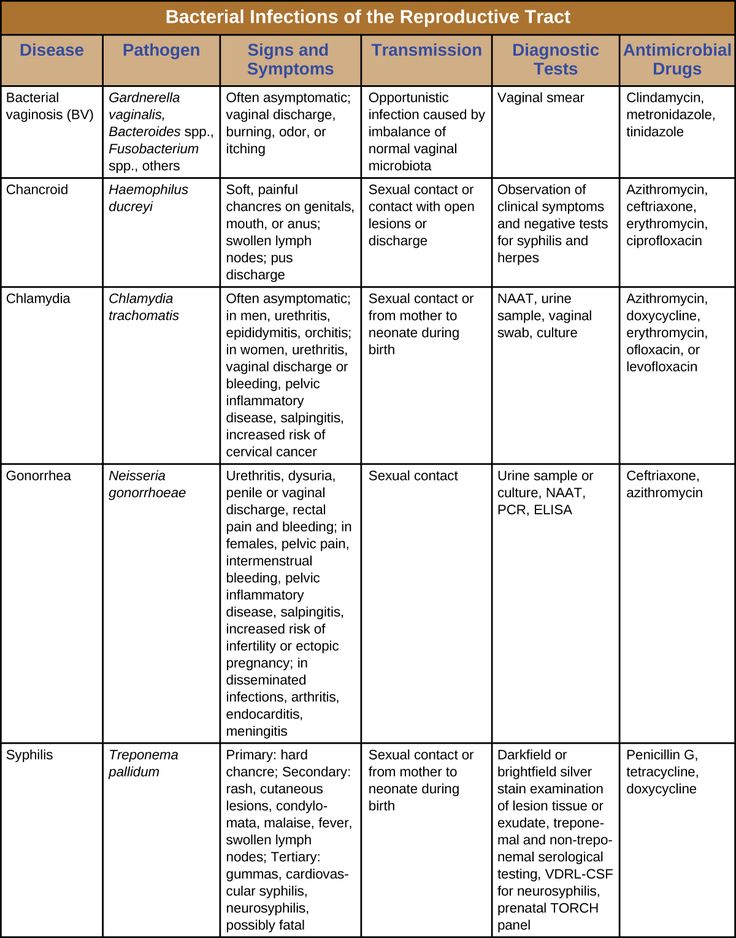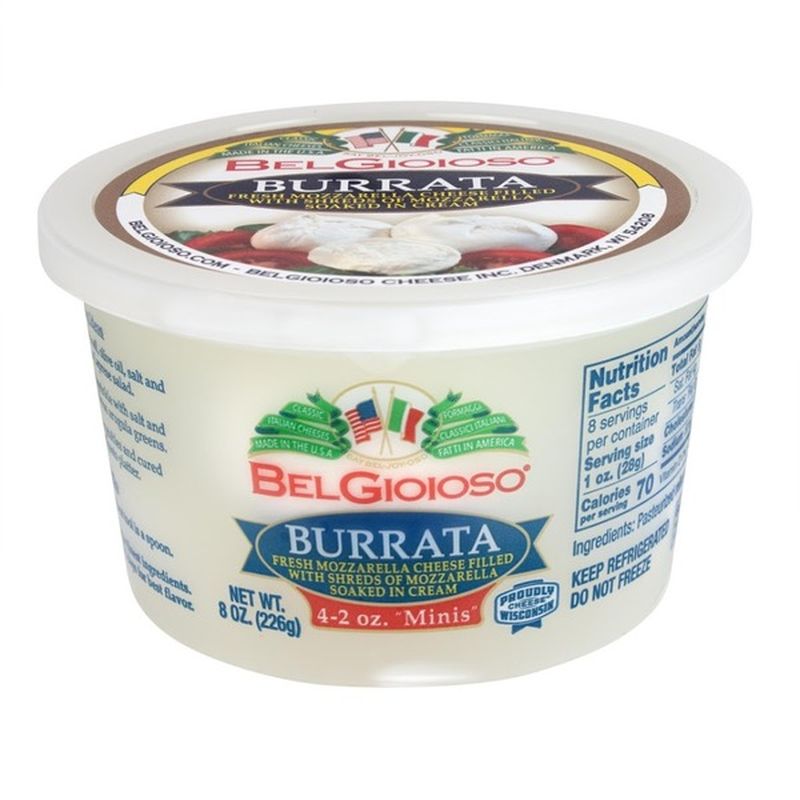Greenish poop newborn formula
What's Normal and What's Not
If there’s one universal parenting truth, it’s that you’re going to be talking about baby poop a lot. (Cue questions: How often should a newborn poop? How can you help baby poop? What does green baby poop mean? What exactly should normal baby poop look like?) And while it may not be a typical topic of conversation for the dinner table, it’s something you’ll find yourself thinking about all the time. Baby’s poop—the color, consistency and amount—can provide important clues into the health of your infant, says Wendy Sue Swanson, MD, a pediatrician and chief medical officer at SpoonfulOne.
Another reason why it’s a perpetual theme throughout the diaper years? Because baby’s poop habits change all the time. In fact, when it comes to baby poop, there’s a whole spectrum of what’s considered the norm. There are a lot of factors that can contribute to color, consistency and frequency. What’s normal for a breastfed baby (i.e. mustard-like poop) may not be normal for a formula-fed baby (soft and yellow, green or brown-ish). A little one that’s eating solid foods will also have a baby poop that’s very different from an infant that’s still exclusively breastfeeding or formula-feeding. Suffice to say, baby’s poop will evolve and so will your idea of “normal.”
So what is considered normal baby poop—and when should you be concerned? We’ll help you sort it all out with our comprehensive baby poop guide. Here’s what to expect from that first diaper change, all the way up through potty training.
In this article:
Baby’s First Poop
How Often Should a Newborn Poop
Baby Poop Color: Green Baby Poop
Baby Not Pooping: How to Help Baby Poop
Types of Baby Poop When to See the Doctor
Baby’s First Poop
Unlike many of your child’s milestones, you likely won’t take a picture of baby’s first poop—but it’s an important one. Usually sticky and darkish green-black in color, baby’s first poop is called meconium and is made up of everything baby ingested in utero, including amniotic fluid, skin cells and water.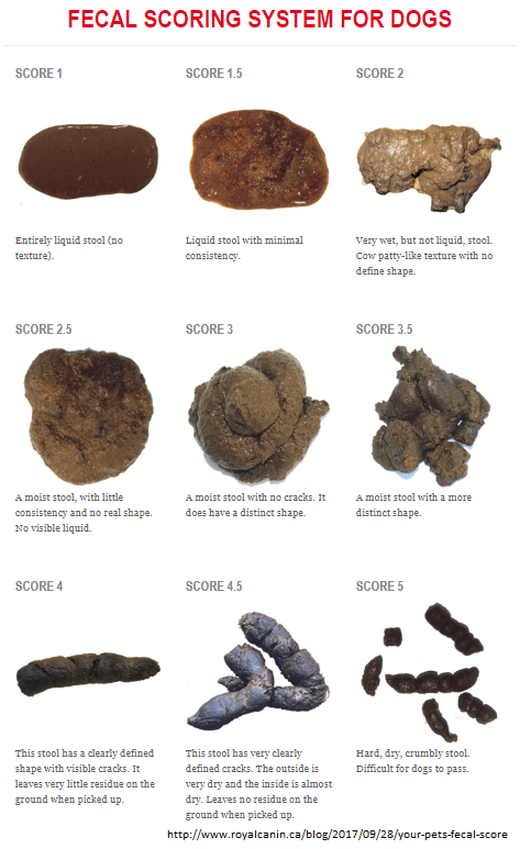 But within the first few days of life, your newborn’s poop should progressively get more watery and lighter in color. If it doesn’t, or if baby isn’t consistently pooping in the first few days of life, it could be a sign that they’re not getting proper nutrition and need a follow-up visit with the pediatrician, Swanson says.
But within the first few days of life, your newborn’s poop should progressively get more watery and lighter in color. If it doesn’t, or if baby isn’t consistently pooping in the first few days of life, it could be a sign that they’re not getting proper nutrition and need a follow-up visit with the pediatrician, Swanson says.
How Often Should a Newborn Poop?
In the first four to six weeks of life, regardless of whether your infant is breastfed or formula-fed, you should expect your newborn to poop after nearly every feeding, Swanson says. And depending on whether you’re breastfeeding, formula feeding or combination feeding, the stools will likely look different. Breastfed baby poop is often yellow, seedy and runny, while a formula-fed baby’s poop may be darker and thicker.
After six weeks, as baby’s digestive tract develops, their poop habits may change. How often should a newborn poop? It depends. While one to three times or more a day is a benchmark, it’s common for breastfed babies to not poop as frequently as formula-fed babies.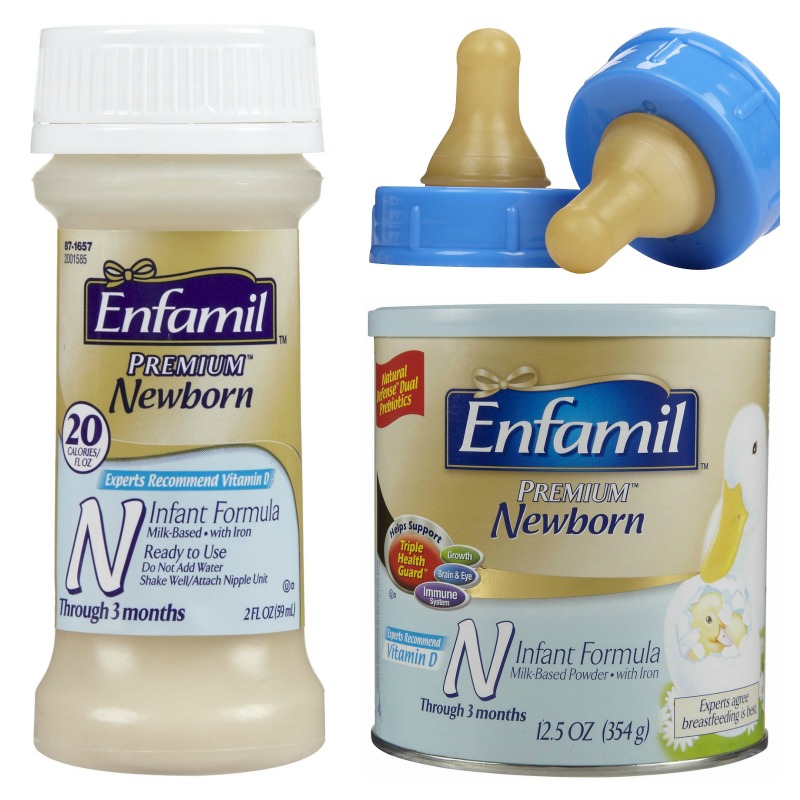
How often should a breastfed baby poop?
Is your breastfed baby not pooping? Don’t panic. Because breast milk is digested differently than formula, it’s not unusual for a breastfed baby to pee regularly (creating six to eight wet diapers a day) but not poop for several days. “It’s common for a breastfed baby to go two or three days without pooping, and it’s possible for them to go up to seven days,” Swanson says. If your breastfed baby isn’t pooping, it’s more important to watch their demeanor than their diapers. If they seem content and their belly is soft, they’re likely fine. But if their belly feels rigid or baby seems uncomfortable, it could be a sign they’re constipated, Swanson adds.
How often should a formula-fed baby poop?
Formula-fed babies tend to have poop that’s a bit darker and firmer than breastfed baby poop. Their poop may be the consistency of hummus and color can range from yellow to greenish-brown or tan. Formula-fed babies will likely poop at least once a day; if they don’t poop for two or more days, it could signal constipation.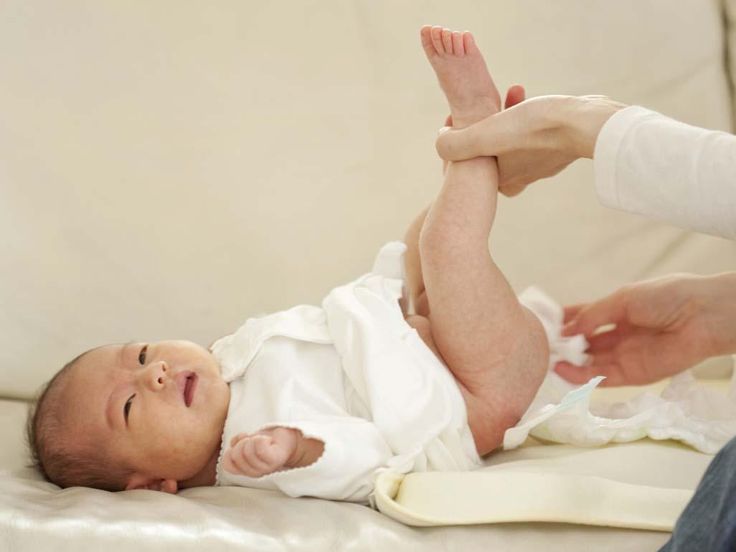 Equally important is the consistency of baby’s poop. “Log or pellet-like shapes could indicate constipation,” Swanson says. It’s important to address this with your pediatrician, since constipation could mean an allergy or be a sign that it’s time to try another brand of baby formula.
Equally important is the consistency of baby’s poop. “Log or pellet-like shapes could indicate constipation,” Swanson says. It’s important to address this with your pediatrician, since constipation could mean an allergy or be a sign that it’s time to try another brand of baby formula.
Baby Poop Color: What Does It Mean?
When it comes to assessing potential health issues, a pediatrician often checks baby’s poop color. Before you panic, remember that what goes in must come out—especially for babies who are beginning to eat table food. In other words, if baby has beets for lunch, you’re probably going to see red in a few hours. Still, pediatricians agree it’s smart to keep tabs on the colors you see. If you do spot something unusual, bag up the diaper and bring it along to your appointment—it can help a doctor make an assessment. From green baby poop to red, orange, black and beyond, here’s what each baby poop color could mean:
Image: Lindsey Balbierz
Green baby poop
With formula-fed infants, it’s normal for baby poop to be a greenish-tan color.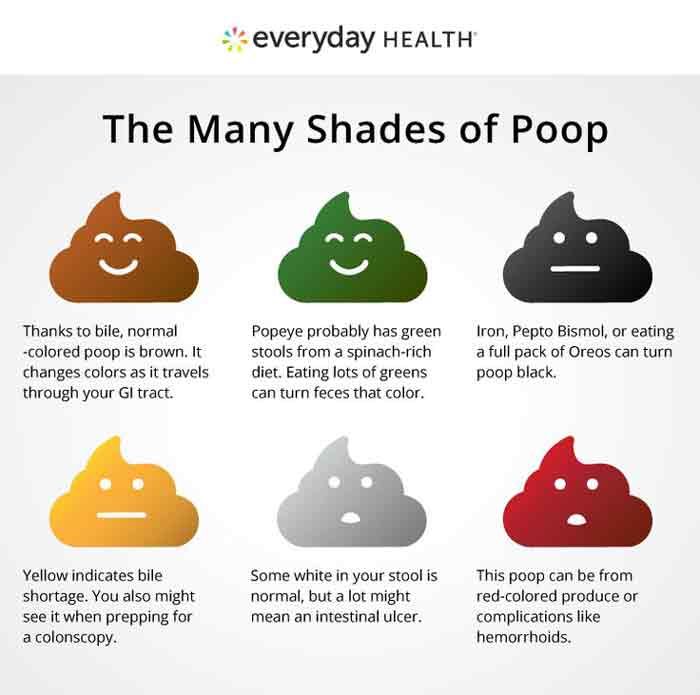 Sometimes the iron in baby formula can cause dark green baby poop and isn’t a reason for concern. Green baby poop can also signal teething or that baby is getting over a stomach bug. If baby has green poop and is also fussy at feedings or seems gassy and uncomfortable, it could be a sign they have a cow’s milk allergy and are reacting to the formula, Swanson says, which means you should consult your doctor about other options. For a breastfed baby, green baby poop might signal something else. “Bright green baby poop in a breastfed infant, especially if it’s frothy, may mean they’re getting too much foremilk and not enough of the fattier hindmilk,” Swanson says. Try keeping baby on one breast per feeding or hand express a bit of milk before letting them latch and see if this solves the problem.
Sometimes the iron in baby formula can cause dark green baby poop and isn’t a reason for concern. Green baby poop can also signal teething or that baby is getting over a stomach bug. If baby has green poop and is also fussy at feedings or seems gassy and uncomfortable, it could be a sign they have a cow’s milk allergy and are reacting to the formula, Swanson says, which means you should consult your doctor about other options. For a breastfed baby, green baby poop might signal something else. “Bright green baby poop in a breastfed infant, especially if it’s frothy, may mean they’re getting too much foremilk and not enough of the fattier hindmilk,” Swanson says. Try keeping baby on one breast per feeding or hand express a bit of milk before letting them latch and see if this solves the problem.
White baby poop
If baby is still being breastfed or formula-fed, chalky, whitish or gray baby poop definitely warrants a call to the pediatrician, since it can be a sign the liver isn’t functioning the way it should be.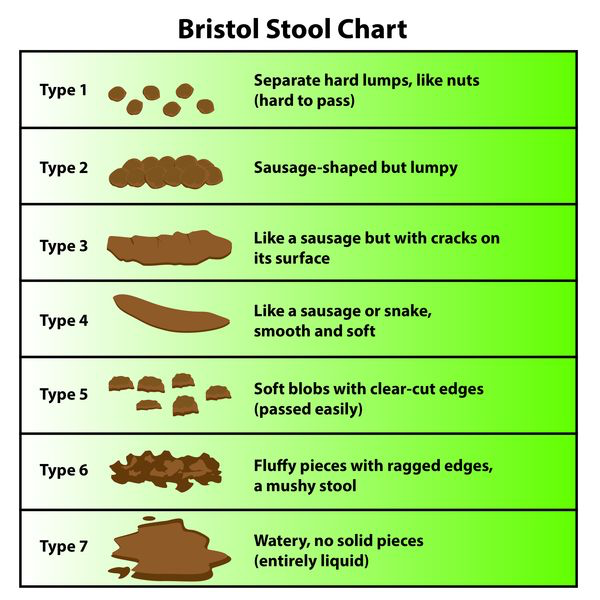
Orange baby poop
Many of baby’s first solid foods can result in orange-colored baby poop (think: carrots and sweet potatoes). A breastfed baby may also have orange-ish tinted stool if Mom has been on medication or been eating artificially colored foods, since the dyes may make their way into breast milk. Orange poop generally doesn’t indicate a problem, but if you’re worried, call your pediatrician, Swanson says.
Red baby poop
Flecks of red are no big deal. If you’re breastfeeding, there might be tiny amounts of blood baby swallowed from cracks in your nipple. Red flecks might also appear if baby is constipated and straining too hard to poop. If you’re just starting baby on table foods, you may have to play diet detective to suss out any food culprits. Stools that look genuinely bloody or are bright red may indicate an infection, allergy, GI injury or other medical concern and should be addressed immediately.
Black baby poop
If a newborn’s poop is still looking black by day three, it may be a sign they’re not getting adequate nutrition or digesting milk the way they should.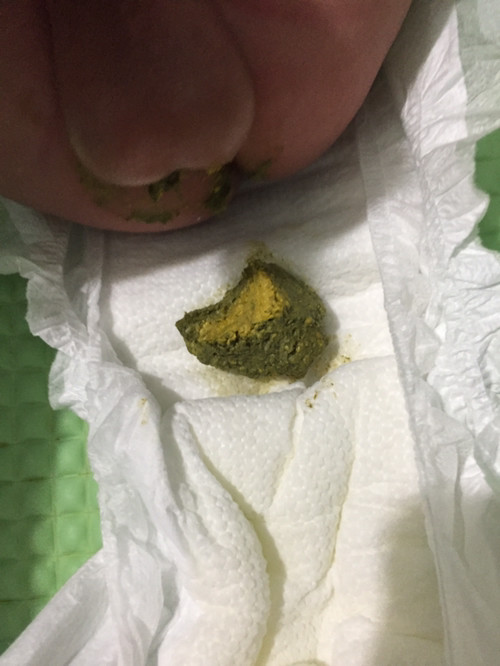 If you see black poop when baby’s a bit older, it could be caused by iron in their diet, which is no big deal. If baby isn’t taking an iron supplement and the poop looks black, it could be a sign of GI tract bleeding and should be seen by a doctor. “But it’s not red!” you say? Blood actually turns from red to black as it travels through baby’s intestines, according to Madhavi Kapoor, MD, clinical assistant professor in the department of pediatrics at NYU Langone Medical Center.
If you see black poop when baby’s a bit older, it could be caused by iron in their diet, which is no big deal. If baby isn’t taking an iron supplement and the poop looks black, it could be a sign of GI tract bleeding and should be seen by a doctor. “But it’s not red!” you say? Blood actually turns from red to black as it travels through baby’s intestines, according to Madhavi Kapoor, MD, clinical assistant professor in the department of pediatrics at NYU Langone Medical Center.
Yellow baby poop
Mustard yellow is a normal baby poop color for both breastfed and formula-fed infants. If baby’s stool is bright yellow, the color change could be a result of medications or food eaten by Mom.
Gray baby poop
If baby is eating solids, poop may be gray depending on what your child ate, Swanson says. If baby hasn’t yet started table food, then it’s important to assess, as it could indicate a liver or gallbladder problem.
How to Help Baby Poop
Before having a baby, you probably never imagined you’d wish for a dirty diaper.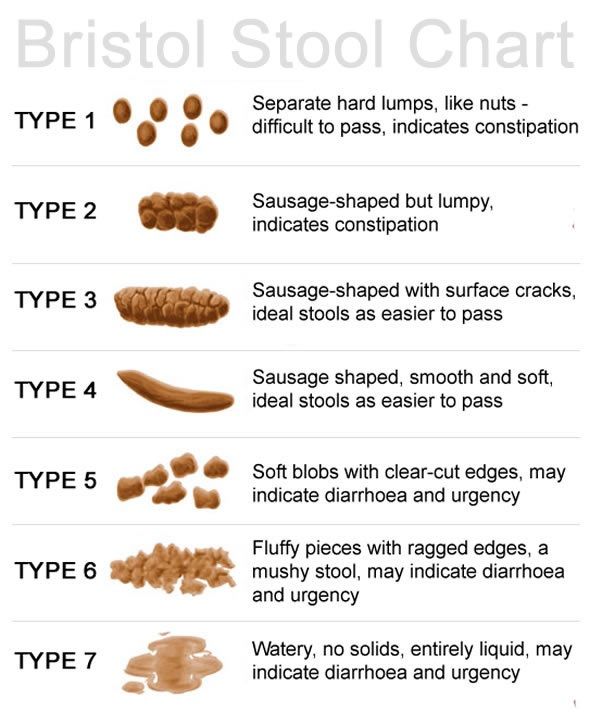 But a poop can provide sweet relief for an uncomfortable baby and a worried parent. There are a few common reasons why baby is not pooping: Dehydration, eating starchy foods like bananas, a time shift due to traveling or occasionally an allergy or intolerance. In older babies, especially those on the cusp of potty training, withholding poop can be psychological—they may be afraid of the potty or upset over an external issue, like a caregiver change or thrown-off schedule.
But a poop can provide sweet relief for an uncomfortable baby and a worried parent. There are a few common reasons why baby is not pooping: Dehydration, eating starchy foods like bananas, a time shift due to traveling or occasionally an allergy or intolerance. In older babies, especially those on the cusp of potty training, withholding poop can be psychological—they may be afraid of the potty or upset over an external issue, like a caregiver change or thrown-off schedule.
Luckily, many at-home remedies to help baby poop are simple, effective and recommended by pediatricians—but it’s best to use them only occasionally. “I warn parents not to become dependent on a ‘trick’ to make a baby poop,” Swanson says. “If it’s a persistent problem, it’s something I like to see in the office.”
Here are some ideas on how to get a newborn to poop, as well as what to do when an older baby is not pooping .
• Bicycle legs. Peddling an infant’s legs to and from their chest, as if they’re riding a bicycle, can be a gentle way to stimulate your child’s digestive system, Swanson says. Older babies generally don’t need this trick, since crawling, climbing and pulling up to stand help keep things moving.
Older babies generally don’t need this trick, since crawling, climbing and pulling up to stand help keep things moving.
• Warm bath. The warmth and stimulation of the water can relax muscles and help baby poop.
• Rectal stimulation. For occasional use only, Swanson suggests gentle rectal stimulation by gently inserting a rectal thermometer or using a gas-relieving product, such as Fridababy’s Windi ($13, Fridababy.com). However, Swanson cautions this shouldn’t become your go-to trick. “If used too often, the baby may become reliant on rectal stimulation to poop.”
• Water or juice. Constipation can be a sign of dehydration. If baby has started eating solids, offering a few ounces of water or pear juice may help move things along. Constipation may also be a sign baby needs to nurse more or be offered a bottle more regularly. If you’re at all concerned, talk to your pediatrician.
• Glycerin suppositories. Another occasional-use tool, Swanson says glycerin suppositories can be helpful for constipation. Ask your doctor first, especially if baby is younger than a year.
Ask your doctor first, especially if baby is younger than a year.
• The four P’s: Prunes, plums, peaches and pears. These four fruits are a great natural way to help baby poop. If baby has started solids, add a serving or two into your child’s daily diet to keep things moving.
• Veggies. The high-fiber content in vegetables makes them all-stars when it comes to dealing with constipation.
• Whole grains. When planning baby’s meals, try incorporating some whole grains: Brown rice, whole-wheat pasta and multigrain cereals or bread maximize bran intake, which can help soften stool and make it easier for baby to poop.
Is it normal for baby to grunt?
If you hear baby making grunting noises, don’t fret. They’re just learning how to have a bowel movement. Infants let out moans and groans as they go; their abdominal muscles aren’t very strong yet, so pooping requires more effort and energy and engages the diaphragm, resulting in some sound effects.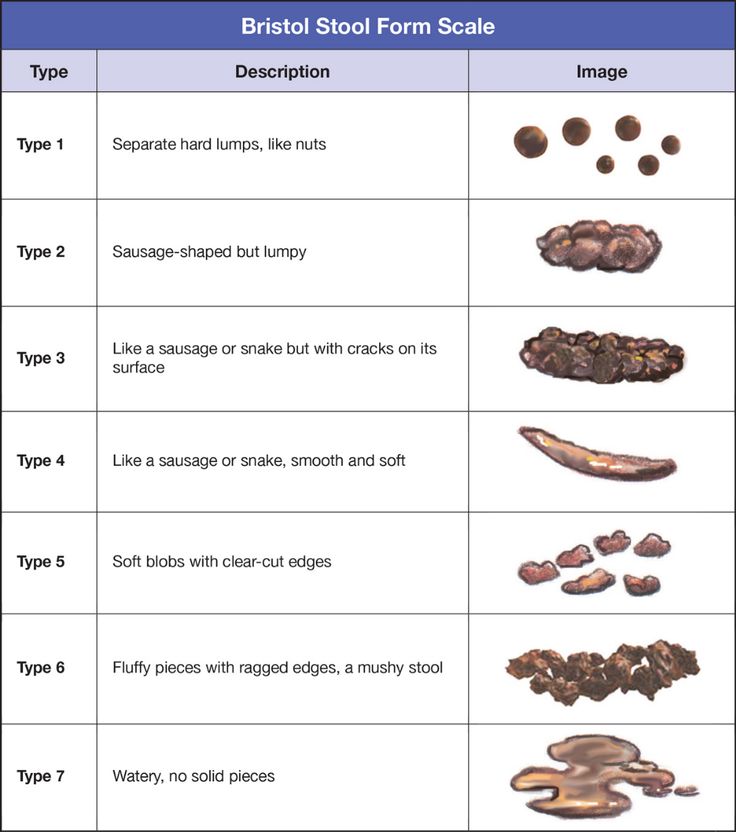 It’s not uncommon to see babies straining or making faces while they’re at it too. This is completely normal, and doesn’t necessarily indicate a problem like constipation.
It’s not uncommon to see babies straining or making faces while they’re at it too. This is completely normal, and doesn’t necessarily indicate a problem like constipation.
Types of Baby Poop
While it’s normal to get a teeny bit less obsessive over every single diaper change as baby grows, it’s still important to keep an eye out for potential problems and warning signs. While some odd consistencies may have a simple explanation (hello, raisins!), others may need to be discussed with your doctor. Here are some types of baby poop to watch out for:
Diarrhea
In infancy, loose stools can be a sign of an allergy, either to the milk proteins in formula or, if you’re breastfeeding, to something you ate. As baby gets older, watery stools may be a sign of teething (baby is swallowing more saliva, leading to runnier poop), but could also be a sign of a stomach bug. In that case, keeping your child hydrated with plenty of water or milk is essential. If the diarrhea is accompanied by a fever of 100. 4 or higher, or baby is younger than 3 months old, it’s a good idea to call your pediatrician, Kapoor says.
4 or higher, or baby is younger than 3 months old, it’s a good idea to call your pediatrician, Kapoor says.
Blood in baby stool
While a few flecks can be normal, anything more than that should be brought to your pediatrician’s attention. “Blood in the stool could be caused by constipation, infection, injury or allergy, so going to the doctor is essential,” Kapoor says.
Mucus in baby stool
A common sign of teething or a cold, occasional mucus is no big deal. However, “if you notice it frequently or in large amounts, it could be a sign of a GI tract issue and should be discussed with your pediatrician,” Kapoor says.
Stringy baby poop
A cousin to mucus, stringy baby poop could be a sign of a cold or teething, or just the result of something baby has been eating. If it shows up frequently in baby’s diaper, it’s a good idea to call your pediatrician.
Foamy baby poop
“In a breastfed infant, foamy stool may be a sign that baby is getting too much foremilk,” Kapoor says.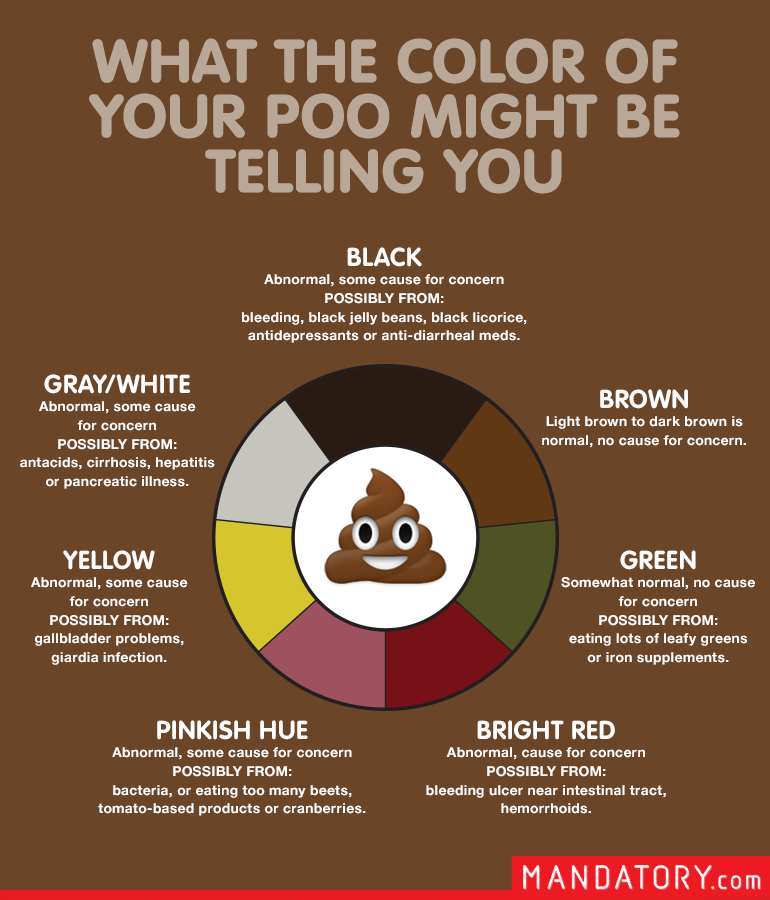 For an easy solve, try completing a feeding on just one breast. In a formula-fed baby, frothy baby poop could indicate an infection or allergy.
For an easy solve, try completing a feeding on just one breast. In a formula-fed baby, frothy baby poop could indicate an infection or allergy.
Pebble-like stool
This is a classic sign of constipation or withholding stool in older babies. Try some home constipation cures and go to the doctor if baby doesn’t poop within the next 24 hours.
Doctors agree that if you see anything unusual, spot a baby poop problem accompanied by a high fever or if baby is crying inconsolably, you should call the doctor, who can help guide you through possible causes and next steps. And don’t be shy about bagging the diaper for your doctor’s inspection. “We see it all the time, and we aren’t disgusted,” Kapoor says. “It can help us best figure out what the issue may be.”
When to See the Doctor
Yes, you can tell a lot about baby’s health by monitoring the color and consistency of their poop. But if you notice any of the following, you should consult your doctor for advice:
- Breastfeed baby hasn’t pooped in over three days
- Formula-fed baby hasn’t pooped in over five days
- Baby poop is thick, hard or or pebbly
- Baby poop is red or black
- Baby poop is white, gray or clay-colored
In the coming days, weeks and months, you’ll likely take up a mission to analyze the contents of your infant’s diaper; checking for normal baby poop is par for the course.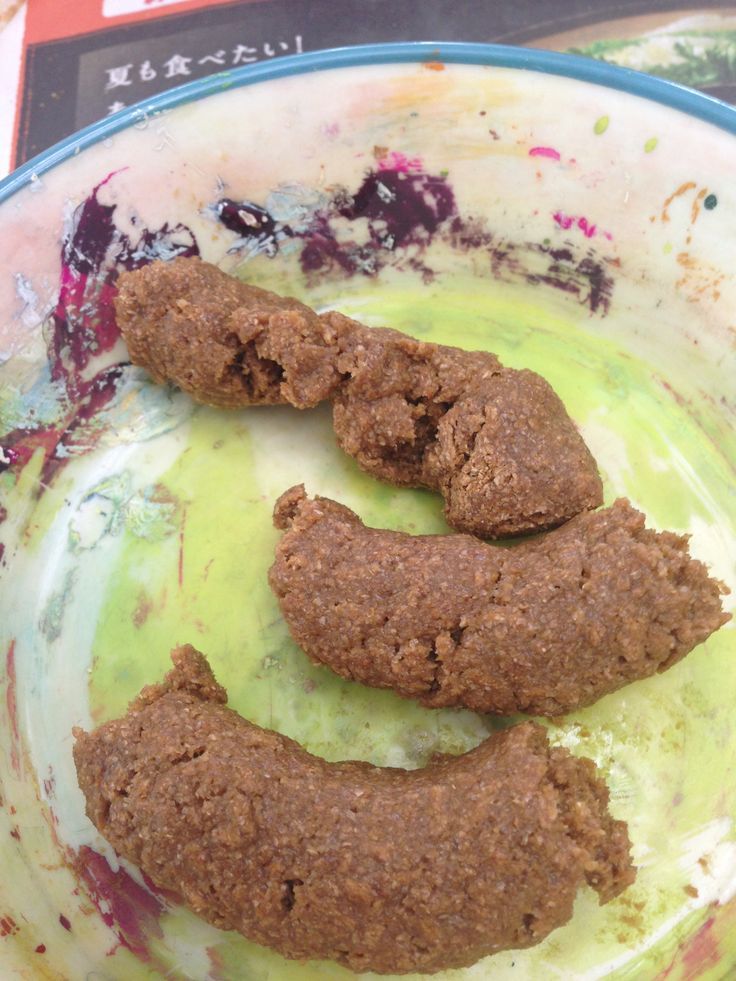 The truth is: Everybody poops—and you want to make sure your little one is happy and healthy! To that end, keep our baby poop guide bookmarked as a reference to help you navigate this sometimes sticky, but always interesting stage of parenthood!
The truth is: Everybody poops—and you want to make sure your little one is happy and healthy! To that end, keep our baby poop guide bookmarked as a reference to help you navigate this sometimes sticky, but always interesting stage of parenthood!
About the experts:
Madhavi Kapoor, MD, is a clinical assistant professor in the department of pediatrics at NYU Langone Medical Center. She received her medical degree from the University of Texas Southwestern Medical School in Dallas.
Wendy Sue Swanson, MD, is a pediatrician and chief medical officer at SpoonfulOne and BeforeBrands. Previously, the executive director of digital health for Seattle Children’s Hospital, she earned her medical degree from University of Pennsylvania School of Medicine in Philadelphia.
Please note: The Bump and the materials and information it contains are not intended to, and do not constitute, medical or other health advice or diagnosis and should not be used as such.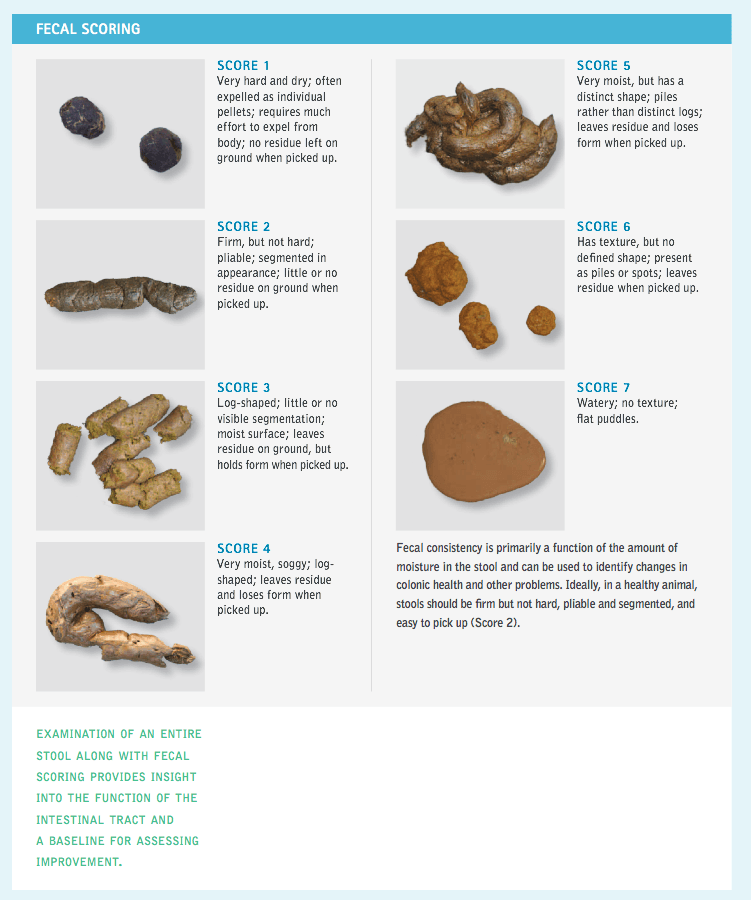 You should always consult with a qualified physician or health professional about your specific circumstances.
You should always consult with a qualified physician or health professional about your specific circumstances.
Plus, more from The Bump:
What to Know About Using Gripe Water for Colic and Tummy Troubles
Why Babies Get Hiccups (and How to Get Rid of Them)
How to Identify and Relieve Baby Constipation
Is Green Baby Poop Healthy? Know the Reasons!
The truth is, baby's poop changes color all the time, and sometimes it can be a cause of concern for parents, but it doesn't always have to be. Color, in general, has to do with the processing time of food in your baby's system. Yellow stools mean milk is moving through your baby's digestive system too quickly, while green poop means it's taking a bit longer.
Green baby poop can be caused by a number of different things, including breast milk, iron supplements, or when solid foods are introduced around 4-6 months. Tummy bugs can also cause baby poop to be green, and the best way to address those is to keep breastfeeding, since your breast milk is most beneficial for baby's immune system.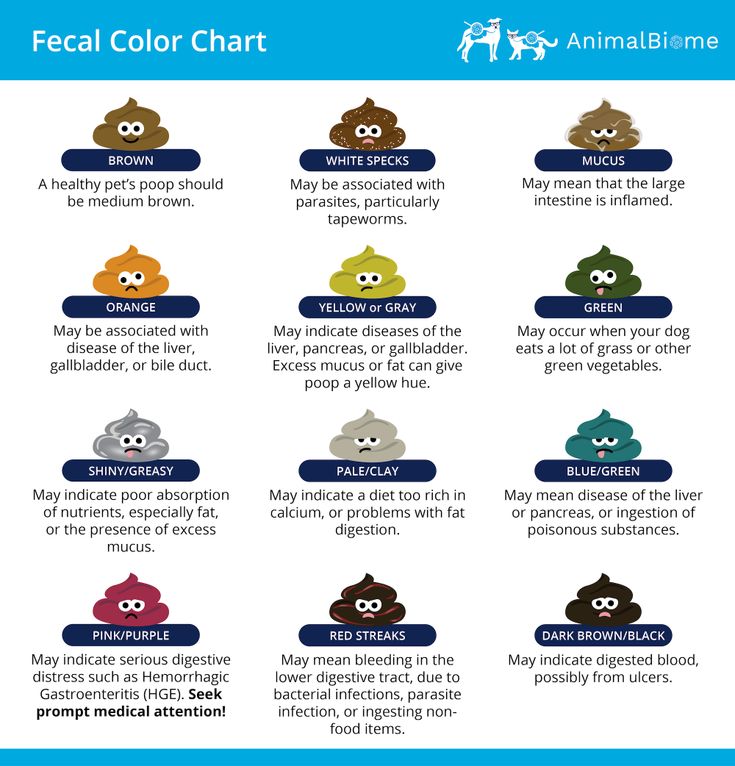
Diarrhea
If your baby has green poop that's more in the form of diarrhea and less solid, it may be a time to call your pediatrician, as it could be a sign of an infection. Diarrhea in babies and children occurs because the intestines can't absorb enough water from food, often because of a virus. Diarrhea can cause your baby's poop to turn green.
Diarrhea changes the amount of water and electrolytes in poop, and since it's moving more quickly than usual through your baby's system, it can contribute to the color change.
If your baby does get diarrhea, chances are something is irritating them. If you're breastfeeding, maintain your regular schedule, as your breast milk contains plenty of antibodies necessary for baby to fight infection.
Diarrhea risks
Diarrhea can be caused by a number of factors in babies and children, including:
- Viruses
- Bacterial infections
- Certain medications
- Caffeine
- Food poisoning
Every baby get diarrhea once in a while, and most of the time, it'll go away on its own once the virus or bacteria has run its course.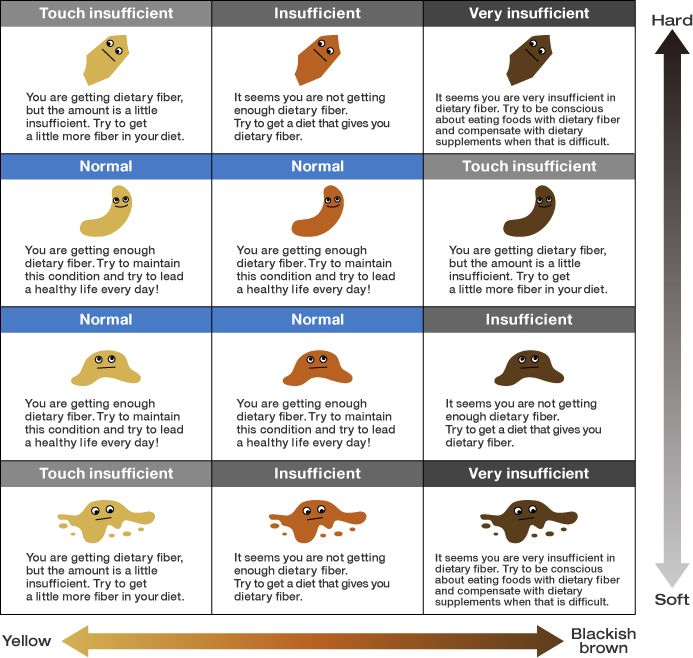 However, chronic diarrhea can often be a sign of another underlying condition that your pediatrician may be able to diagnose, including:
However, chronic diarrhea can often be a sign of another underlying condition that your pediatrician may be able to diagnose, including:
- Inflammatory bowel disease (IBD)
- Crohn's disease
- Irritable bowel syndrome (IBS)
- Food allergies or intolerances
Food
Breastfed babies can also be affected by green poop. In the beginning after baby's birth, you first produce low-fat, high-sugar milk, or what's called foremilk. Eventually, this type of milk transforms into breast milk that's high-calorie and high-fat, or hindmilk. If baby has short nursing sessions, they may be getting more of that foremilk with less fat and more sugar, which can contribute to stool turning a greenish color. This can also happen if you switch breasts too quickly during feedings.
Poop from breastfed babies can also be mustard yellow or brown and is usually seedy or pasty in texture. It can even be runny enough to resemble diarrhea. Healthy breastfed stools also smell sweet, as opposed to regular stool odor.
Also keep in mind that breastfed babies poop a lot, especially at the beginning. It's normal for them to have 4-6 bowel movements every day, sometimes even more. As your milk becomes more mature, the frequency of bowel movements may drop off, but this is normal due to your breast milk being so well-balanced for baby's diet.
Green baby poop in formula-fed babies
Formula-fed babies may have green poop if the formula they drink has an iron sulfate supplement or is iron-fortified. Sometimes stool can even be so dark green that it looks black. This is no cause for alarm and has no significant effect on your baby's digestive system.
Other normal colors for formula-fed baby poop include yellow or brown with a pasty consistency that resembles peanut butter. Formula-fed babies poop a bit less frequently than breastfed babies, and the stools are usually more odorous.
It’s good to know, however, that black poop may be a sign of blood present in the digestive tract, so this could be a reason to see a doctor.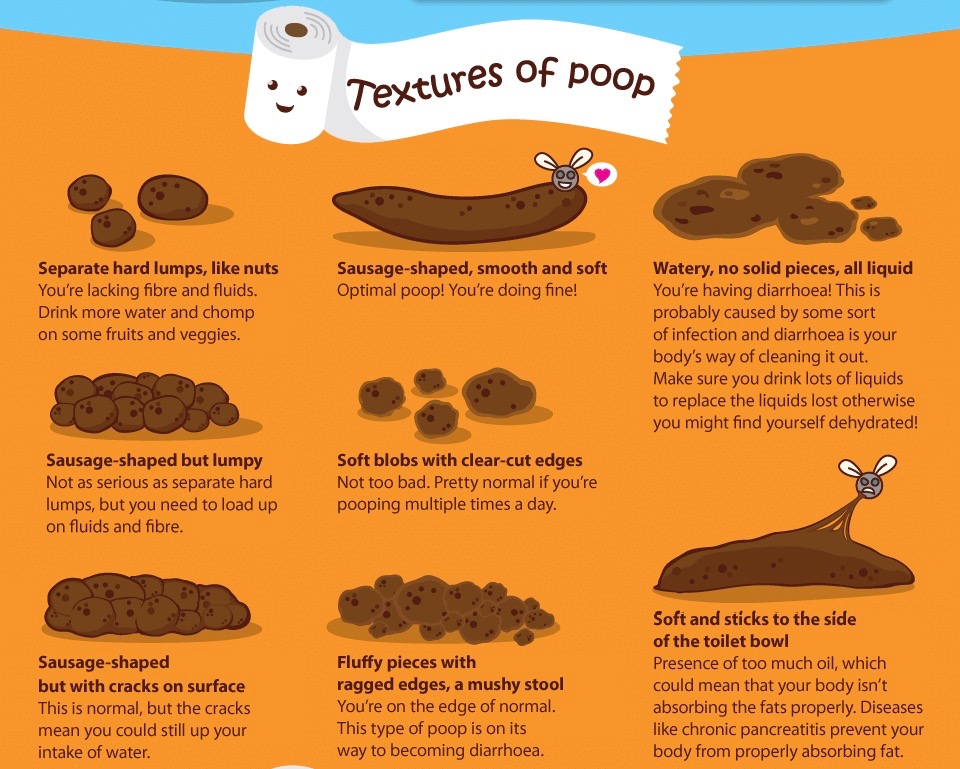
As mentioned above, dark green poop is often caused by iron-supplemented formula and is considered normal.
Newborns have baby poop that's dark greenish-black and looks sticky; this is the type of poop your baby first produces right after birth, and it's completely normal. A natural ingredient in your breast milk called colostrum helps your baby pass this stool in about three days after their first feeding.
If your baby's green poop is accompanied by diarrhea, fever, or irritability, then it's definitely a reason to call your pediatrician. While some green poop is normal and can happen as a result of foods, breastfeeding, or formula, if your baby has some or all of those other symptoms, such as a fever or more irritability than usual, definitely call the doctor for guidance.
Additionally, if you notice slimy, green-colored streaks in your baby's poop that looks like mucus, this can be a cause for concern as it might indicate an infection.
And remember — don't ignore your parental intuition.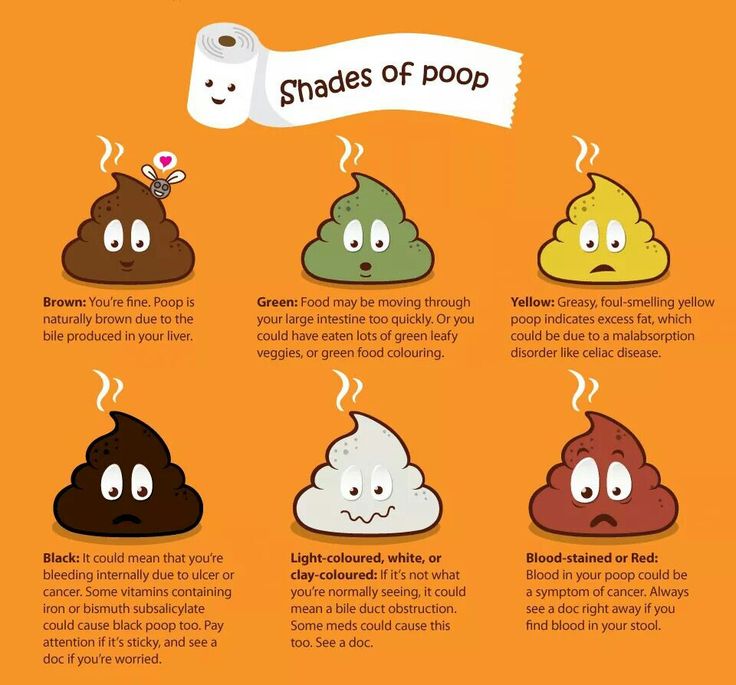 If there's an issue with baby that's keeping you awake at night (you should be sleeping while you can!), then consult your pediatrician for help.
If there's an issue with baby that's keeping you awake at night (you should be sleeping while you can!), then consult your pediatrician for help.
The bottom line is, green poop is normal in most cases, especially if baby has been recently eating pureed green foods, iron-fortified formula, or breast milk. If you're ever in doubt or baby's green poop is accompanied by fever or other symptoms, then don't hesitate to call your doctor.
Baby's green stool - Articles about baby food from pediatricians and MAMAKO experts The child's stool suddenly began to look completely different, instead of yellowish, it turned out to be green. What does it mean? Why does a baby have green stools? The reason is important. Greens in the diaper can be a completely normal and harmless manifestation of changes in the intestinal microflora or a symptom of the disease. Dark green, yellow-green, green stools with mucus, green diarrhea - when to worry and call the doctor, and when are green stools still in the "green zone"?
- Anastasia Anatolyevna, what kind of stool should a healthy baby have and what deviations are acceptable?
— Stool color differs between breastfed and formula-fed babies. If greenery appears in the stool, and its consistency and frequency remain normal, this is acceptable.
If greenery appears in the stool, and its consistency and frequency remain normal, this is acceptable.
— What diseases can be a symptom of green stool in a newborn?
- Various diseases can provoke the appearance of green stools, primarily disorders in the baby's gastrointestinal tract and infections:
- liver or gallbladder dysfunction;
- diseases of the pancreas;
- dysbacteriosis;
- bacterial infections;
- viral intestinal diseases;
- helminthic infestation;
- food allergy.
- Let's see what green stool means in common problem situations.
- Situation 1. Green loose stools in an infant
- If diarrhea occurs suddenly, accompanied by vomiting, fever, intestinal colic - this is a disease. It can be caused by enteroviruses, pathogenic fungi, intestinal bacteria. For example, staphylococci and streptococci, entering the intestines of a child, begin intensive reproduction and change the acidic environment to an alkaline one.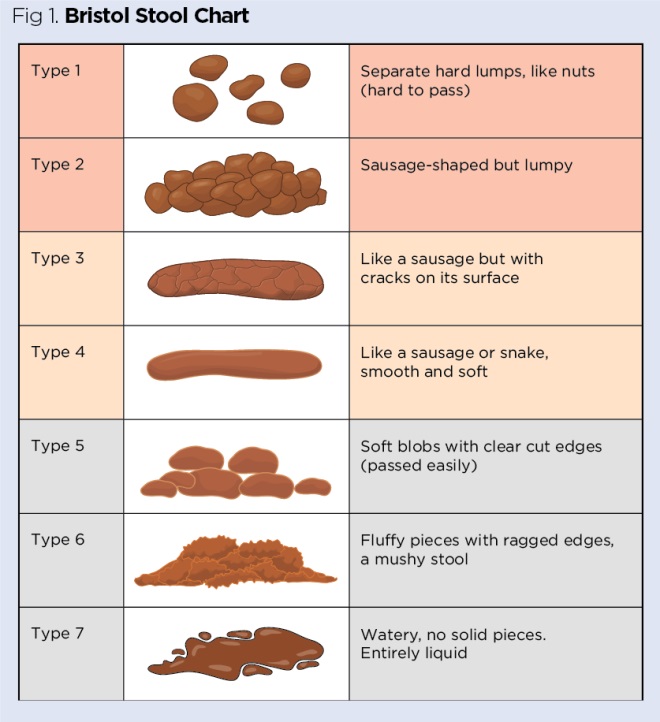 Therefore, the color of the stool changes.
Therefore, the color of the stool changes.
- Situation 2. Green feces with dysbacteriosis in infants
— Every baby faces dysbacteriosis: it occurs during the formation of the necessary microflora in the intestines. The unnaturally green color of the stool in dysbacteriosis is due to the content of dead leukocytes in the feces. They accumulate in the intestinal area and increase the inflammatory process. The stool turns green due to fermentation and putrefaction in the intestines. Other manifestations of dysbacteriosis include bloating, gas formation, and a skin rash. The child's stool will return to normal when the microflora is fully populated.
If the child is gaining weight well, nothing bothers him, then green stool is considered normal. Other symptoms will indicate indigestibility of food.
Green stool in a baby - causes
— What symptoms should a child see a doctor against the background of green stools?
- Decreased appetite in a baby, fever, colic, abdominal pain, bloody impurities and mucus in the feces, vomiting, rash on the body - such complaints should be an obligatory reason for a visit to a children's doctor.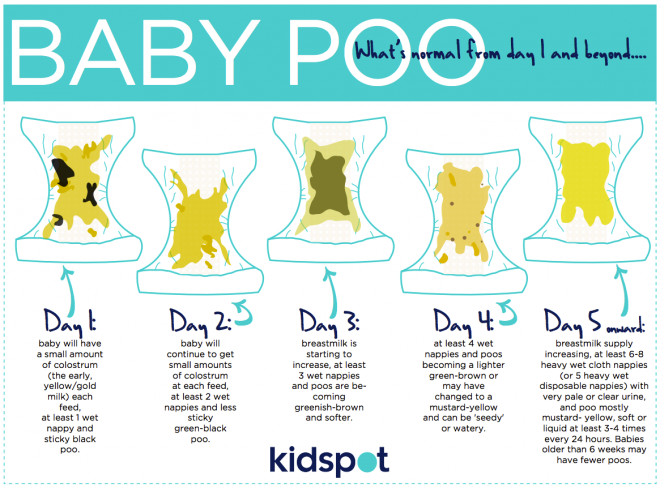 Upon examination, he will recommend a list of studies to make the correct diagnosis.
Upon examination, he will recommend a list of studies to make the correct diagnosis.
If a green stool appeared during a change in nutrition, but the child has an adequate weight gain, good health, he is active, his appetite is normal, then there is no reason for concern. This may be a one-time manifestation that will disappear without any complaints.
Green stool in a child - what tests to pass:
- blood and urine test – the presence of inflammation in the body is determined;
- coprogram - the presence of an inflammatory process in the intestine is assessed,
- analysis of feces for dysbacteriosis - to assess the intestinal microflora;
- biochemical blood test - checking the functioning of the digestive organs;
- scraping for enterobiosis - confirms or excludes a parasitic disease;
- Ultrasound examination of the digestive system - to assess the functioning of the pancreas and liver.
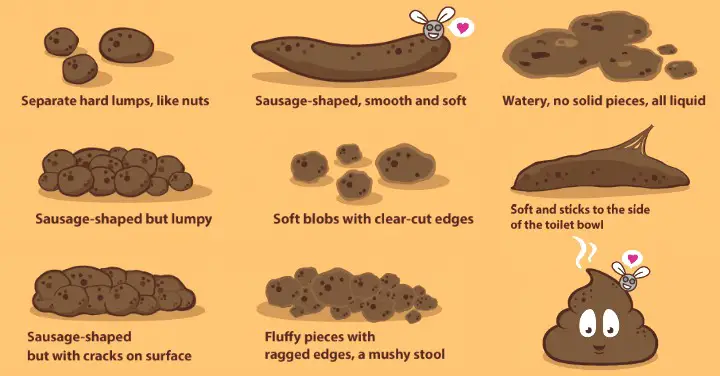
Watch the video in which Rabiyat Salakhiddinovna Zayniddinovna, a pediatrician, will tell you why artificial and breastfeeding babies' stools are green and in which cases parents have no reason to worry.
- How to treat green stools at home?
— The child must be treated by a specialist. Therapy depends on the cause of green impurities in the feces. In case of malnutrition, a change in the diet of mother and child, a decrease in the volume of complementary foods, and the selection of the right complementary foods are prescribed.
If an infection is suspected, the child must be hospitalized in a specialized department, because adequate assistance can only be provided there.
Treatment of intestinal infection and green stool:
- drinking regime - to prevent dehydration;
- sorbents - to remove pathogenic toxins from the body;
- antibacterial drugs - are prescribed when a causative agent of a bacterial intestinal infection is detected.

Non-infectious causes of green stools in a child - what to do:
- lactose intolerance - lactose is excluded from the child's diet;
- allergic reaction - determine the allergen and exclude it from the diet of an artificial child or a nursing mother;
- helminthic invasion - give anthelmintic drugs;
- dysbacteriosis - correct the intestinal microflora with pre- and probiotics.
— What can be considered the best prevention of green stools?
- Timely and correct introduction of complementary foods, nutrition without overeating, dietary compliance by the mother, individually selected milk formula will contribute to comfortable digestion in a small child.
There are many reasons leading to green stools in babies. Green stools can appear in both breastfed and formula fed babies. Whether the change in the color of the stool is caused by infectious diseases, your pediatrician will help you figure it out, who will select the right treatment.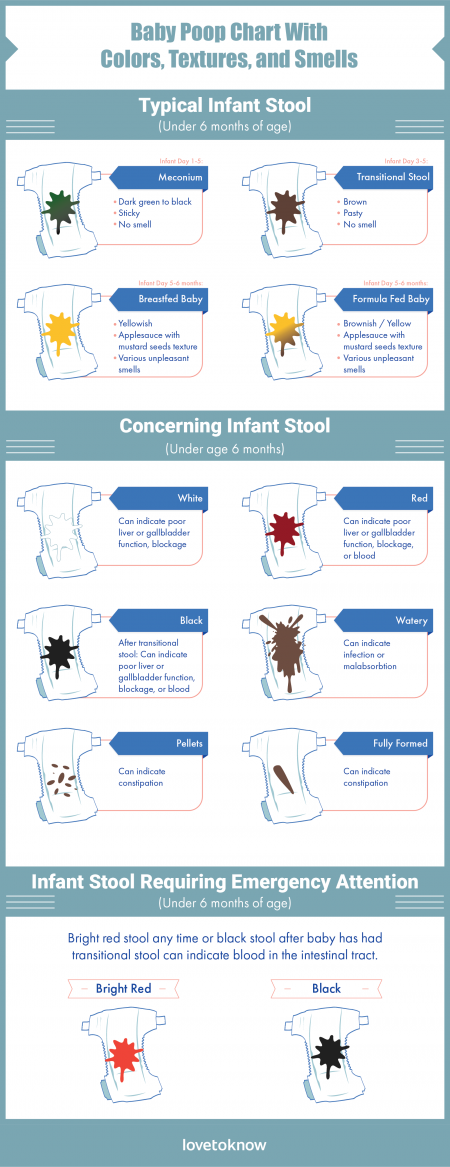
#Tips for Mom #Baby digestion #in a diaper 7-12 #in diaper 12 plus #what's in the diaper
Neurologist for a child under one year old: first examination
#Tips for Mom #Baby development
Yakovenko Margarita Pavlovna
Candidate of Medical Sciences, Pediatrician, Pediatric Neurologist, Medical Advisor MAMAKO ®
Principles of successful lactation: checklist for mom
#Tips for Mom #breastfeeding
Yakovenko Margarita Pavlovna
Candidate of Medical Sciences, Pediatrician, Pediatric Neurologist, Medical Advisor MAMAKO ®
Why DHA, ARA and lutein are added to infant formula
#baby formulas #Baby development
Yakovenko Margarita Pavlovna
Candidate of Medical Sciences, Pediatrician, Pediatric Neurologist, Medical Advisor MAMAKO ®
First tests and vaccinations: how to prepare yourself and your child
#Advice for Mom
Kizino Polina Alexandrovna
pediatrician, perinatal psychologist
Milk fat in infant formula - how it affects the health and development of the child
#baby formulas #on goat milk #baby digestion #baby development
Kiseleva Elena Sergeevna
Candidate of Medical Sciences, Scientific Advisor MAMAKO ®
Calendar of doctor visits during the first year of a child's life
#Advice for Mom
Kizino Polina Alexandrovna
pediatrician, perinatal psychologist
Digestion in newborns and infants and its characteristics
#Baby Digestion #breast-feeding #baby formula #Lure #Tips for mom #Baby development
Kiseleva Elena Sergeevna
Candidate of Medical Sciences, Scientific Advisor MAMAKO ®
How to understand that a baby has a food allergy
#allergy #Tips for mom #breast-feeding #baby formula #lure
Kiseleva Elena Sergeevna
Candidate of Medical Sciences, Scientific Advisor MAMAKO ®
Goat's milk in children's nutrition: for or against
#Food #Tips for mom #Baby digestion #breastfeeding
Javier Diaz Castro
professor, lecturer
How to properly rock a baby to sleep
#Advice for Mom
Kizino Polina Alexandrovna
pediatrician, perinatal psychologist
See all
View all
Milk fat in infant formula - how it affects the health and development of the child
# infant formula # on goat milk # baby digestion # baby development
Kiseleva Elena Sergeevna
Candidate of Medical Sciences, Scientific Advisor MAMAKO ®
Goat milk in children's nutrition: for or against
# Lure # Tips for Mom # Baby's digestion # breastfeeding
Javier Diaz Castro
professor, lecturer
Digestion in newborns and infants and its features
# Baby digestion # breast-feeding # infant formula # Lure # Tips for Mom # Baby development
Kiseleva Elena Sergeevna
Candidate of Medical Sciences, Scientific Advisor MAMAKO ®
Neurologist for a child under one year old: first examination
# Tips for mom # Baby development
Yakovenko Margarita Pavlovna
Candidate of Medical Sciences, Pediatrician, Pediatric Neurologist, Medical Advisor MAMAKO ®
Calendar of doctor visits during the first year of a child's life
# Tips for mom
Kizino Polina Alexandrovna
pediatrician, perinatal psychologist
Principles of successful lactation: checklist for mom
# Tips for mom # breastfeeding
Yakovenko Margarita Pavlovna
Candidate of Medical Sciences, Pediatrician, Pediatric Neurologist, Medical Advisor MAMAKO ®
How to properly rock a baby to sleep
# Tips for mom
Kizino Polina Alexandrovna
pediatrician, perinatal psychologist
Why DHA, ARA and lutein are added to infant formula
# infant formula # Baby development
Yakovenko Margarita Pavlovna
Candidate of Medical Sciences, Pediatrician, Pediatric Neurologist, Medical Advisor MAMAKO ®
See all
First tests and vaccinations: how to prepare yourself and your child
# Tips for mom
Kizino Polina Alexandrovna
pediatrician, perinatal psychologist
How to tell if a baby has a food allergy
# allergy # Tips for Mom # breast-feeding # infant formula # lure
Kiseleva Elena Sergeevna
Candidate of Medical Sciences, Scientific Advisor MAMAKO ®
See all
View all
See all
Green liquid stool in a child - causes and treatment
- Children's Medical Center "Pediatrician and Me"
- Articles
- Green stool in a child up to a year old, or how the color of feces changes from nutrition
The digestive system of babies in the first year of life reacts sharply to any intervention: changing the mixture, introducing complementary foods, taking medications, etc. In this case, the baby may experience colic, bloating, but most often parents pay attention to a change in stool. Often a situation arises when the baby's feces become green. Let's talk about the causes of this condition and whether it is dangerous for the child.
In this case, the baby may experience colic, bloating, but most often parents pay attention to a change in stool. Often a situation arises when the baby's feces become green. Let's talk about the causes of this condition and whether it is dangerous for the child.
Causes of green stool
Sometimes there are situations when the child's stool turns green. The stool acquires this color due to the presence of a special pigment in them - biliverdin, contained in bile. Biliverdin is formed as a result of the breakdown of red blood cells and contains oxidized iron.
The presence of biliverdin in the intestine can lead to a rather bright coloration of the infant's stool. This condition is an indirect sign of pathology, but can be observed even in perfectly healthy babies. If you are faced with a similar phenomenon, show the child to a pediatrician or pediatric gastroenterologist.
Effect of nutrition on baby's stool
The stool of a breastfed baby can be very different from the "artificial" stool.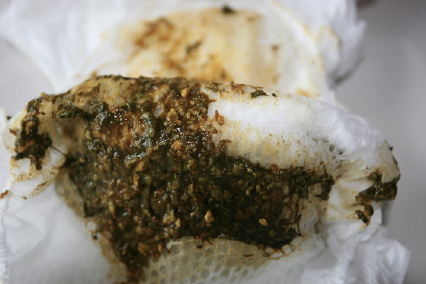 The feces of a baby receiving mother's milk are yellowish in color. This color is due to the presence of the bile pigment stercobilin, which is a breakdown product of bilirubin. The stool itself has a mushy texture and may contain small lumps. The smell is sour milk. A breastfed infant can empty the bowels up to 4-5 times a day. However, for this, the mother of the baby must eat right, and the child himself should not have health problems.
The feces of a baby receiving mother's milk are yellowish in color. This color is due to the presence of the bile pigment stercobilin, which is a breakdown product of bilirubin. The stool itself has a mushy texture and may contain small lumps. The smell is sour milk. A breastfed infant can empty the bowels up to 4-5 times a day. However, for this, the mother of the baby must eat right, and the child himself should not have health problems.
Formula-fed babies have thicker, more formed stools. The color of the feces varies from light brown to darker. There is a characteristic fecal odor. Bowel movements occur less frequently, about 2-3 times a day.
Most often, green stools are observed in babies who are bottle-fed. Much depends on the type of mixture chosen. If a child has health problems, such as milk protein intolerance, special nutrition is prescribed for him. Mixtures based on hydrolyzed protein or amino acids most often cause green stools.
The introduction of vegetable complementary foods
Green stools in children older than six months can be observed against the background of the introduction of complementary foods.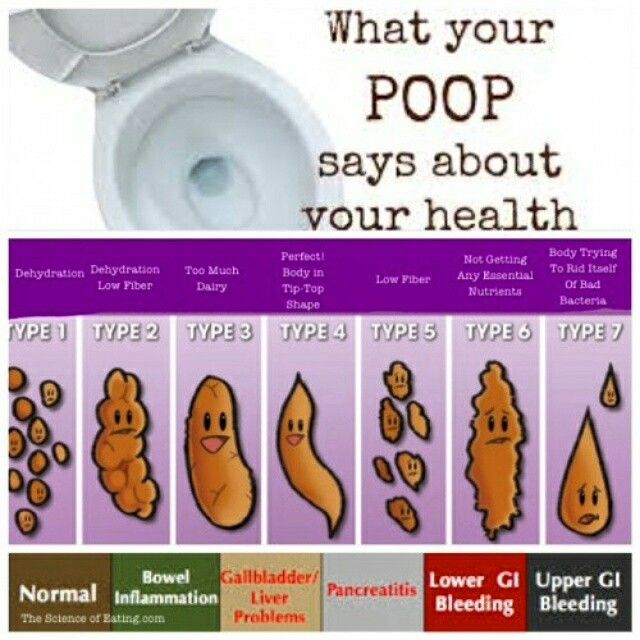 Most often, such a reaction occurs on vegetables, such as broccoli, zucchini, green peas, etc. In addition to the uncharacteristic color, a large number of semi-digested lumps are found in the feces. This happens due to the peculiarities of the work of the children's intestines, which cannot fully digest coarse food. As a result, dietary fiber comes out with the stool. In the presence of this problem, it is worth reducing the amount of complementary foods and give the body time to get used to it. The help of a pediatrician in this situation is not required.
Most often, such a reaction occurs on vegetables, such as broccoli, zucchini, green peas, etc. In addition to the uncharacteristic color, a large number of semi-digested lumps are found in the feces. This happens due to the peculiarities of the work of the children's intestines, which cannot fully digest coarse food. As a result, dietary fiber comes out with the stool. In the presence of this problem, it is worth reducing the amount of complementary foods and give the body time to get used to it. The help of a pediatrician in this situation is not required.
Switching from breastfeeding to formula
The baby's digestive system is adjusting to a new product that is very different from mother's milk. In the first few days of the transition, there may be a change in the color of the stool to greenish. However, this condition quickly returns to normal.
Pathological causes of green feces
Dysbacteriosis
The predominance of pathogenic microflora in the intestine can be one of the reasons for staining feces in an uncharacteristic color. In the process of decay and fermentation, specific protein compounds are formed that give the feces a greenish color and an unpleasant odor. In the presence of dysbacteriosis, the baby's feces become liquid, mucus impurities may be present in the masses. In addition, the baby may experience symptoms such as bloating, increased gas formation, and pain.
In the process of decay and fermentation, specific protein compounds are formed that give the feces a greenish color and an unpleasant odor. In the presence of dysbacteriosis, the baby's feces become liquid, mucus impurities may be present in the masses. In addition, the baby may experience symptoms such as bloating, increased gas formation, and pain.
Bacterial and viral infections
Infants are very vulnerable to viruses and bacteria. Some pathologies can provoke disorders of the gastrointestinal tract. In this case, the baby's stool becomes green. In addition, the child also has other symptoms: fever, anxiety, diarrhea, etc. The consistency of the feces is liquid, foamy. If you have these symptoms, seek urgent medical attention.
Allergy
Sometimes green stool indicates the presence of allergens in the body. This may be a reaction to a specific product: complementary foods, vitamin supplements, new mixtures, etc. Also, allergens can be found in breast milk.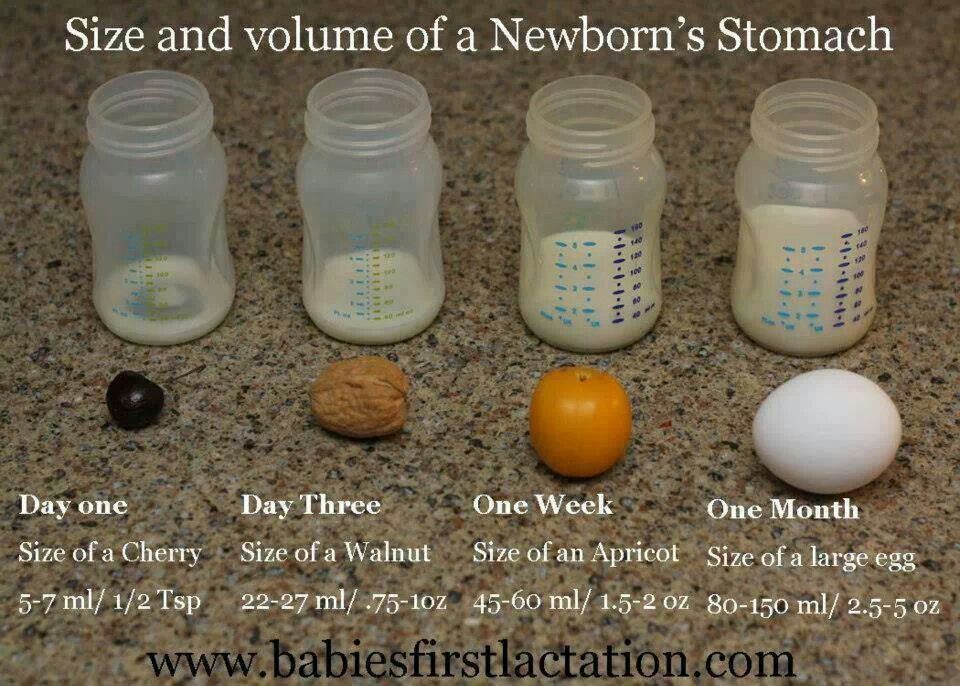 With allergies on the baby's body, a rash, lacrimation, etc. may form. In rare cases, the temperature rises. The child's condition returns to normal immediately after the allergen is removed from the diet. Sometimes the help of an allergist and the introduction of special mixtures are required to detect a problem.
With allergies on the baby's body, a rash, lacrimation, etc. may form. In rare cases, the temperature rises. The child's condition returns to normal immediately after the allergen is removed from the diet. Sometimes the help of an allergist and the introduction of special mixtures are required to detect a problem.
Lactose deficiency
Occurs in children of the first year of life, but may also appear at a later age. With this disease, the child's body does not absorb milk sugar (lactose), which leads to quite serious complications. In addition to green stools, the baby has colic, grumbling in the stomach, frequent regurgitation, and poor weight gain. A comprehensive examination is required to make an accurate diagnosis.
Green stool is not a direct sign of pathology. This is a fairly common occurrence for babies. If, in addition to this symptom, the child is not worried about anything, do not worry about this. However, you can always seek the advice of a pediatrician.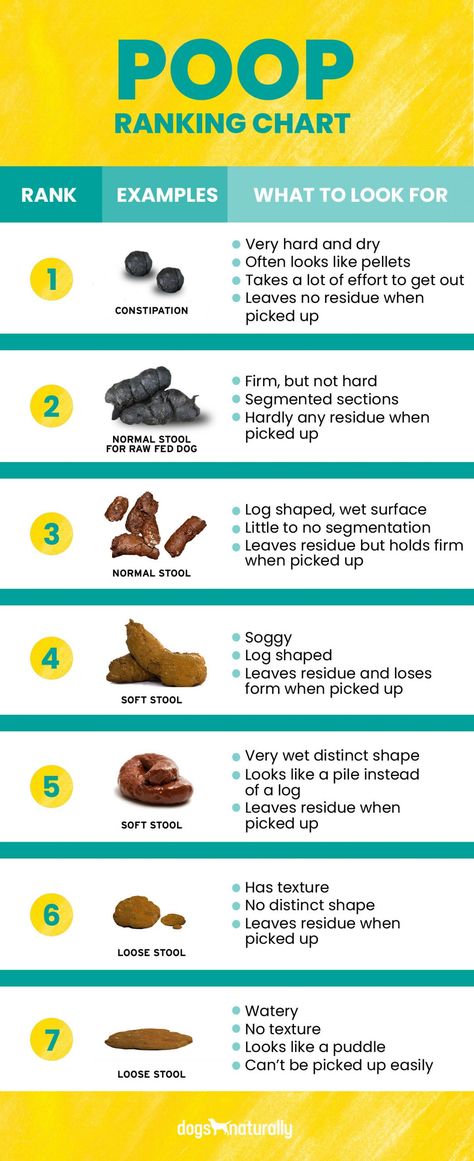
When to see a doctor
There are a number of situations where the presence of green stool requires close attention from parents. It is necessary to seek help if the phenomenon is accompanied by the following symptoms:
- Changes in the child's mood: lethargy, capriciousness, refusal to play and eat;
- Fever;
- Foamy and offensive stools;
- Diarrhea;
- Presence of blood or mucus in secretions;
- Deterioration of general well-being;
- Pain and bloating;
- Constipation.
Green stools are normal if they occur sporadically and the shape and smell of the stool do not change. In formula-fed babies, a change in stool color most often occurs during the transition to new formulas. If green feces bother the baby regularly, consult a pediatrician.
abdominal ultrasound northern butovo ultrasound of mammary glands northern butovo ultrasound of the heart in the southern butovo price urology kommunarka surgeon in butovo school for young moms
The article was written under the editorship of an expert, pediatrician, doctor of the highest category Storcheus Natalia Yurievna.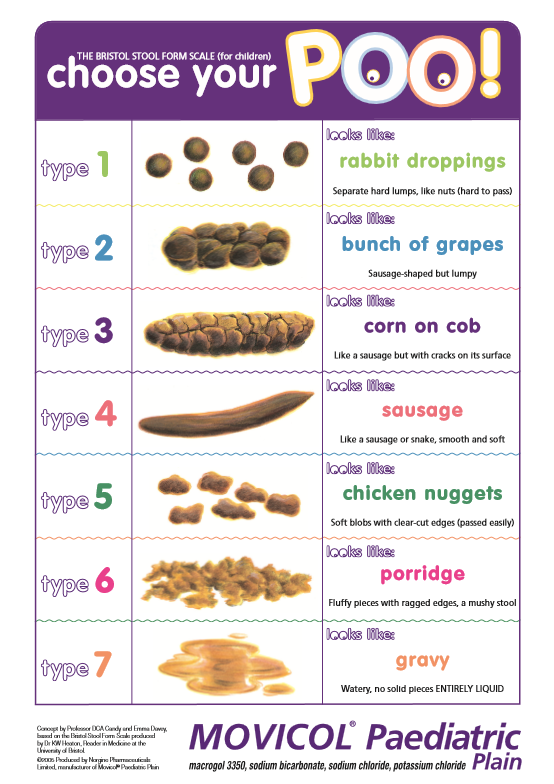 To undergo the treatment mentioned in the article materials, you need to contact a specialist. The information in the article is not a call for self-treatment!
To undergo the treatment mentioned in the article materials, you need to contact a specialist. The information in the article is not a call for self-treatment!
Other items
Gastritis in children
If a child has abdominal pain, this may be a sign of gastritis. What is gastritis, what are its symptoms, causes, methods of diagnosis and treatment - we give an answer in a new stan...
Read more
Geographic tongue in a child
Geographic tongue, or desquamative glossitis, is an inflammatory process that affects the upper layer of the tongue. How to treat geographical language in children and what are its etiology and pathogenesis - we understand ...
Read more
Diarrhea and vomiting in a child
Vomiting and diarrhea in children can indicate very dangerous pathologies. We analyze the causes of these unpleasant symptoms, as well as what to do and what is the treatment plan in this situation.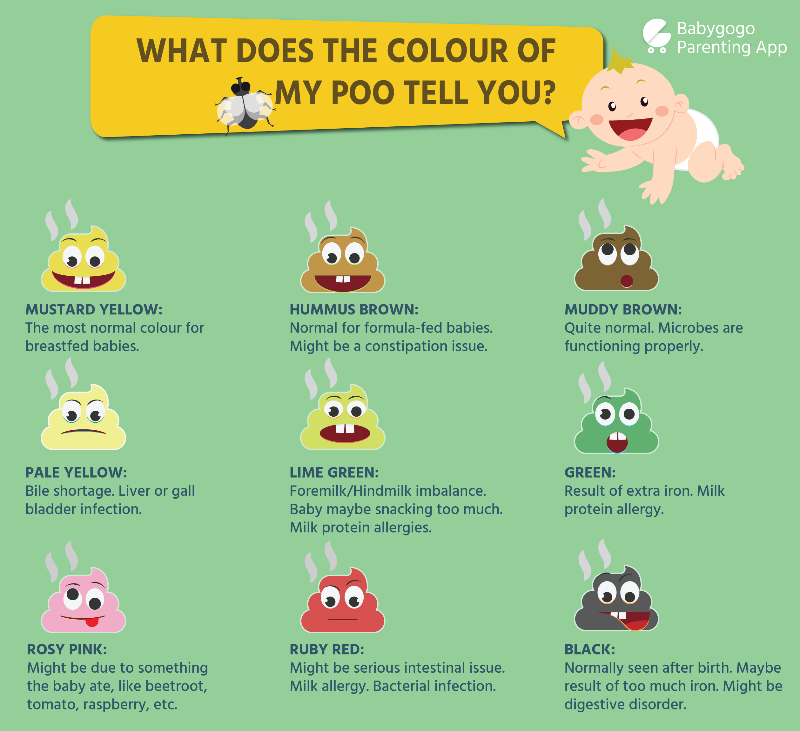
Read more
The child has a kink of the gallbladder
They did an ultrasound and found a kink of the gallbladder. And what to do with it?
Read more
Blood in the child's stool
The child behaved as usual and did not cause any alarm until the parents saw streaks of blood in the stool.
Read more
A 3-year-old child has a stomach ache
A child perceives pain instantly and immediately reports it with a signal. The signal depends on age and ability to speak. Babies cry for a year. Older children show where it hurts and talk about it.
Read more
Constipation. Just about defecation
Some kind of cleansing, of course, about defecation. There seems to be nothing to talk about here. Nevertheless, let us take the liberty of asserting that, despite the daily practice, most of the n.
